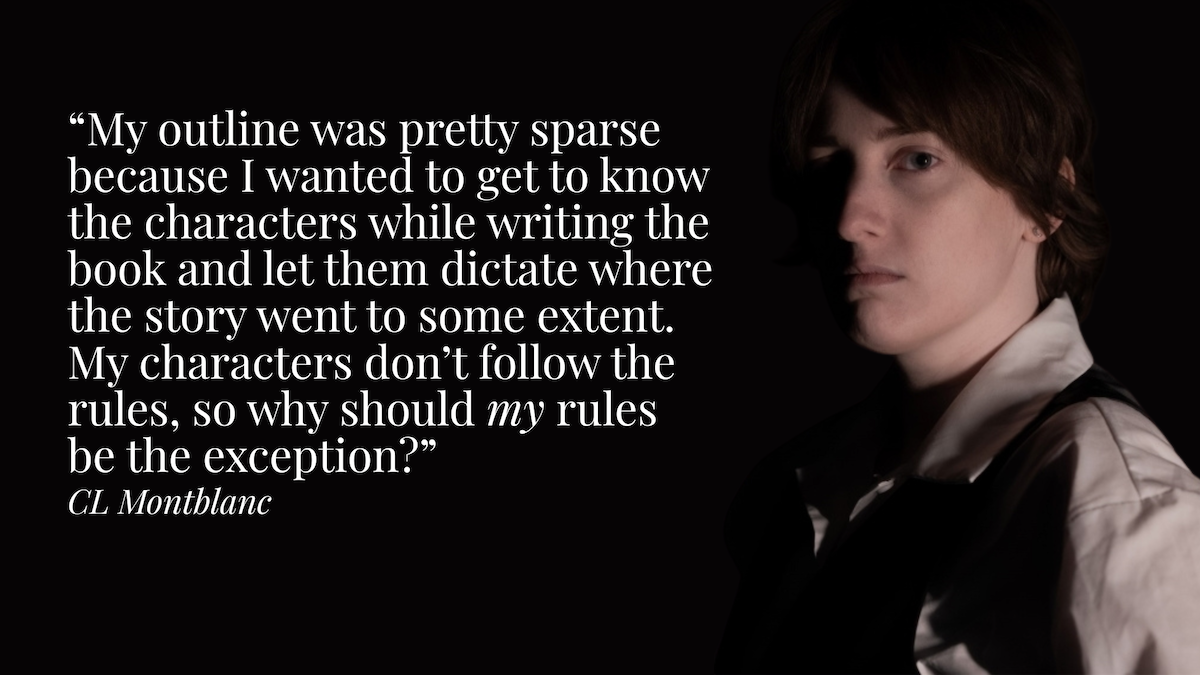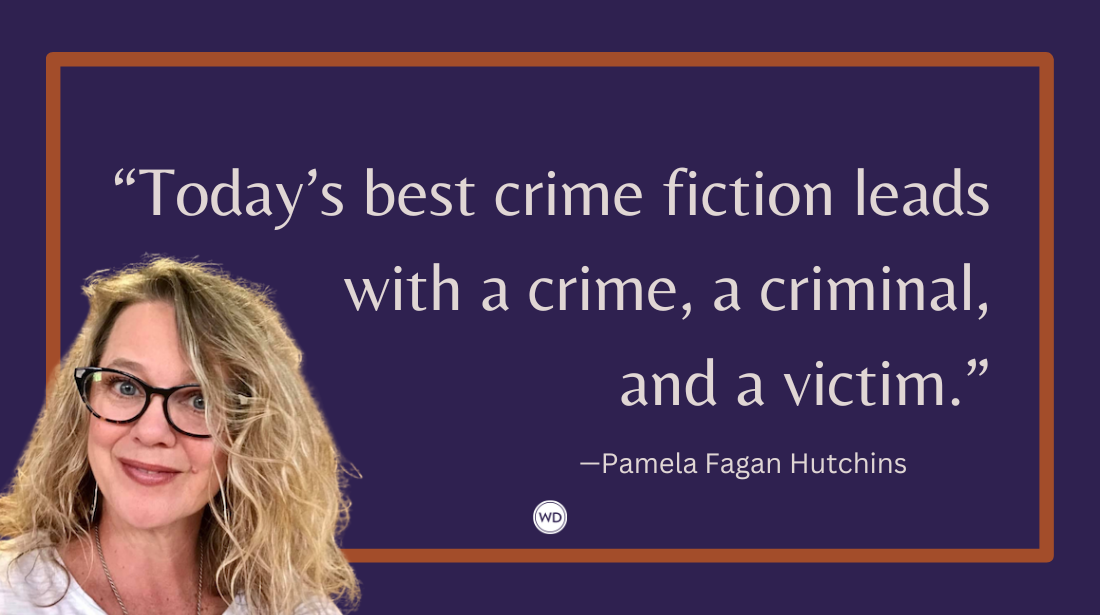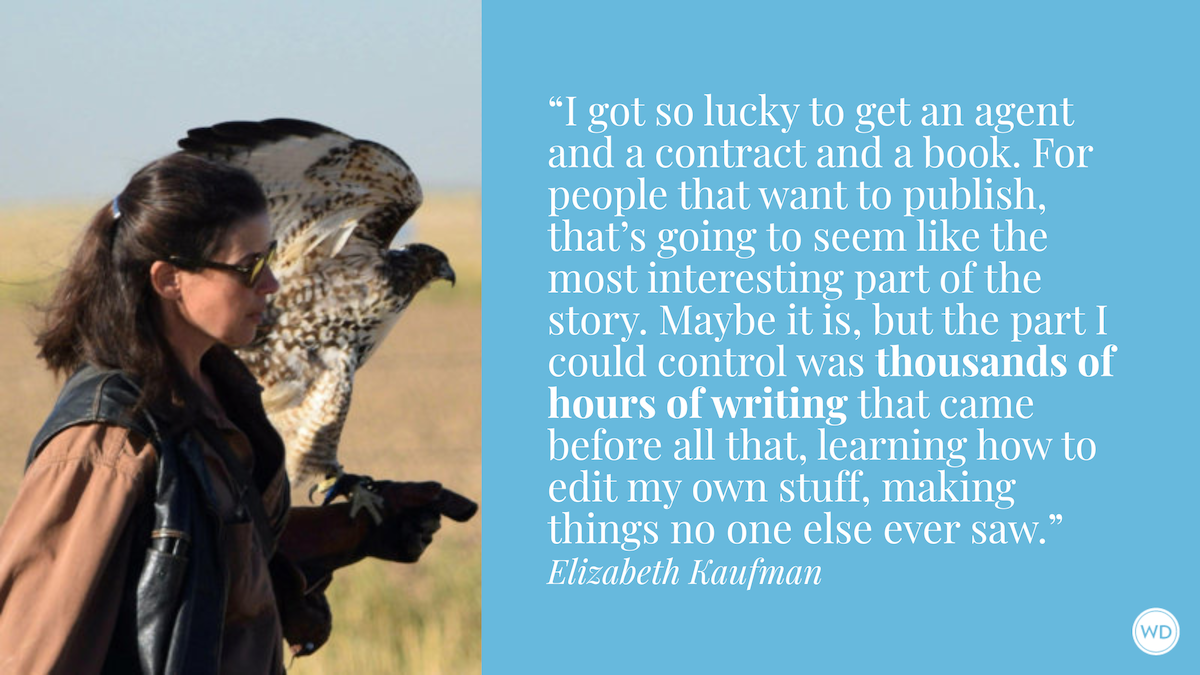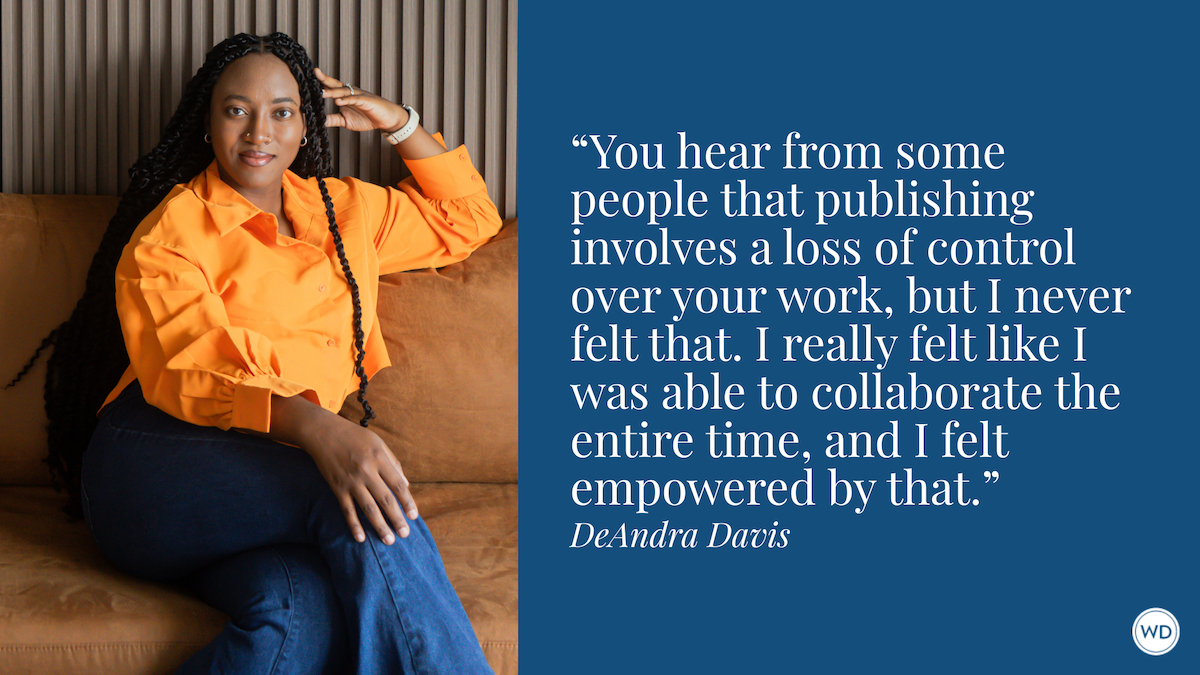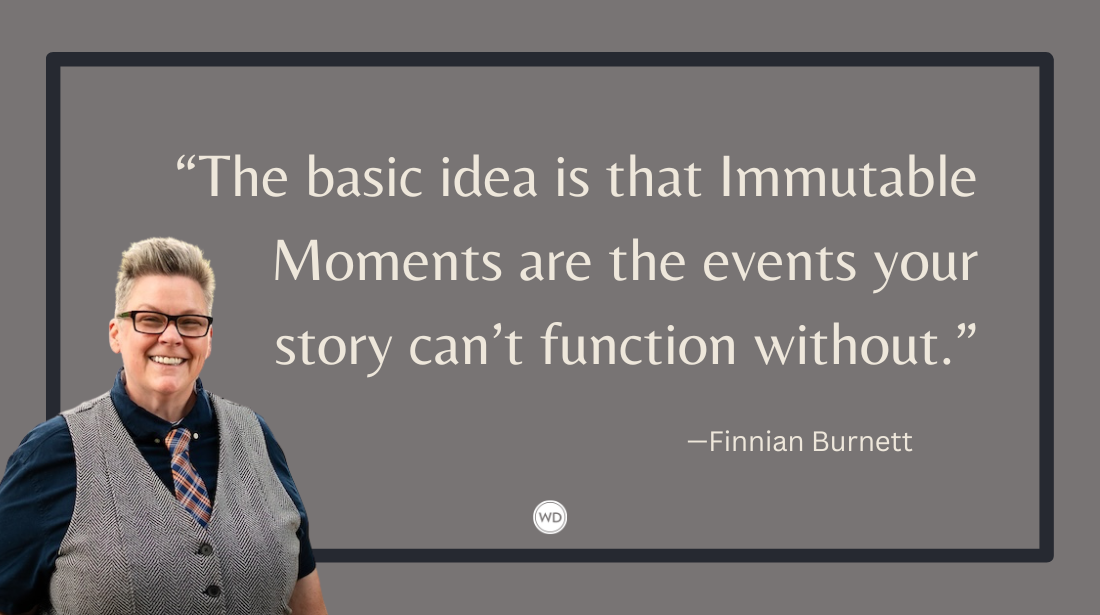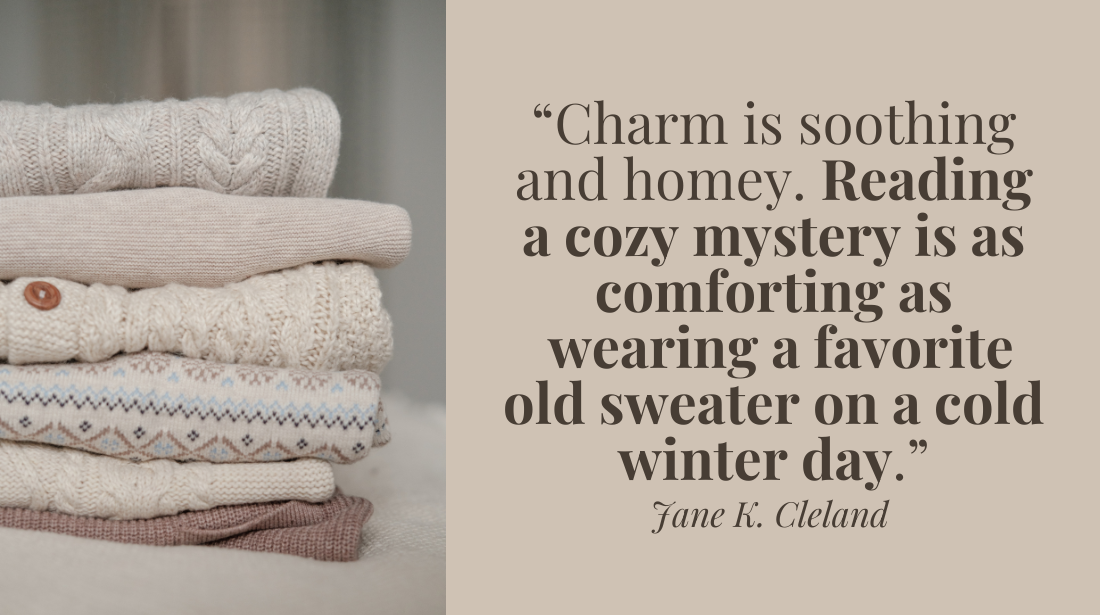Writing Mistakes Writers Make: Misusing Dialogue Tags
The Writer’s Digest team has witnessed many writing mistakes over the years, so we started this series to help identify them for other writers (along with correction strategies). This week’s writing mistake writers make is misusing dialogue tags.
Everyone makes mistakes—even writers—but that's okay because each mistake is a great learning opportunity. The Writer's Digest team has witnessed many mistakes over the years, so we started this series to help identify them early in the process. Note: The mistakes in this series aren't focused on grammar rules, though we offer help in that area as well.
Rather, we're looking at bigger picture mistakes and mishaps, including the error of using too much exposition, neglecting research, or researching too much. This week's writing mistake writers make is misusing dialogue tags.
Writing Mistakes Writers Make: Misusing Dialogue Tags
When I was in high school, an English teacher told my class that writers should never use the word “said” in a dialogue tag. The reason? It’s boring!
I followed that advice for years. It wasn’t until a fiction class in college where I discovered that there’s a million and one “rules” around dialogue tags. Don’t use “said.” Only use “said.” Use dialogue tags only when necessary. Use them all the time. Eventually, the advice starts to sound like the adults in a Charlie Brown comic … wah wah wah.
While there’s no one right or wrong way to handle dialogue, there’s a way to ensure that your dialogue isn’t jarring to the reader’s experience. I hope that this may open your mind to ways to play with dialogue tags in your writing.
Mistake Fix: Keep It Varied
Using “Said”
When it comes to using “said,” it’s important to remember that a lot of the time, it’s a word that flies under your reader’s radar. They’ve been conditioned to see it, but it doesn’t usually register. That’s why you’ll find it as a dialogue tag in almost all published works.
However, using it after every bit of dialogue is both repetitive and offers no insight into the emotion of the scene.
Take this example dialogue:
“Sorry I’m late!” Maggie said.
“Late? You?” Eren said.
“Hey!” Maggie said.
“It’s a good joke,” Eren said.
“It’s an old joke,” Maggie said.
“Okay, okay. I ordered you a drink,” Eren said.
“Thank you,” Maggie said.
Can you feel your eyes glazing over at the end, there? Overusing “said” as a dialogue tag can become a thorn in the reader’s side instead of allowing them to focus on what’s actually being discussed. Beyond that, it’s difficult to know what’s being communicated here emotionally. Did you read the dialogue as Eren being testy? Playful? With only “said” as a dialogue tag, it can be hard for your readers to understand what you want them to take from the scene.
How can you fix this? If you have only two characters speaking, one way is to give the reader some context for the dialogue and then to stop using dialogue tags once the speaker has been identified. For example:
Maggie burst through the door of the café, hair falling out of its ponytail and shirt on inside out. Eren grinned at the sight, taking a leisurely sip of her latte.
“Sorry I’m late!” Maggie said.
“Late? You?” Eren said.
“Hey!"
“It’s a good joke.”
“It’s an old joke.”
“Okay, okay. I ordered you a drink.”
“Thank you.”
This would obviously get confusing if you have more than two speakers, as then it’s not so easy a back-and-forth.
You can also spice “said” up by adding something to it like, “she said with a smile” or, “he said, laughing.” This will make the tag more dynamic and give your reader more context for how your characters are feeling. For example,
“Late? You?” Eren said.
“Hey!” Maggie said, frowning.
is different from
“Late? You?” Eren said.
“Hey!” Maggie said with a laugh.
and that slight variation makes all the difference in the emotionality of the scene.
Using Verbs
Adding verbs into your dialogue tags can help to make them more dynamic. A verb can look like “mumbled,” “shouted,” “cursed,” etc. These should be used sparingly as dialogue tags are purely functional and should be treated as such. As soon as you start to wander into stylistic tags, things begin to look more amateurish. Here’s an example of what I mean:
“Sorry I’m late!” Maggie panted.
“Late? You?” Eren drawled.
“Hey!” Maggie barked.
“It’s a good joke,” Eren mumbled.
“It’s an old joke,” Maggie grouched.
“Okay, okay. I ordered you a drink,” Eren huffed.
“Thank you,” Maggie snapped.
Like using “said,” these tags get really old really quickly, and since they’re more emotive than “said,” they also tend to be more distracting. Waiting until the right moment to use a verb in your dialogue tag will make your writing seem more mature and give your reader a break from the monotony of the verbs.
Using Action
I think of these as stage directions. Action is both practical and stylistic; you can use it to show how your characters are interacting with their environment or you can use it to set a specific mood.
For example, if you were planning to have a narrator who doesn’t have access to any of your character’s thoughts or emotions, you might be able to show them through the character’s actions instead:
Maggie rushed in, swiping hair out of her eyes. “Sorry I’m late!”
“Late? You?” Eren smirked around her latte straw.
Using solely action makes your reader a passive viewer of the scene, so unless that’s the particular vibe you’re going for, it’s best to use it sparingly (can you sense the ongoing theme?).
Another kind of action that is great to employ in dialogue tags is showing emotion rather than explaining it. When we feel emotion, we tend to feel it in particular spots in our body—our foreheads crease in concern, our stomachs tighten in fear, etc. You can use this kind of action in your dialogue tags to get emotion across in a more up-leveled way. For example,
“Okay, okay.” Eren rolled her eyes. “I ordered you a drink.”
Maggie struggled to speak through clenched teeth. “Thank you.”
has more of an impact than
“Okay, okay. I ordered you a drink,” Eren huffed.
“Thank you,” Maggie said, irritated.
Now—Vary It!
The best dialogue tags will always have a mix of all of these types—keeping them varied will engage the reader and allow them to access the various emotions and action in the scene without forcing them out of the story. Normally, I’d give you an example of what that looks like here, but for this article, I think the more interactive, the better. In the comments, go ahead and either use the following sample dialogue from this article or some dialogue of your own, and let’s discuss as a community what we love about the dialogue tags as a reader!
Sample dialogue:
“Sorry I’m late!”
“Late? You?”
“Hey!”
“It’s a good joke.”
“It’s an old joke.”
“Okay, okay. I ordered you a drink.”
“Thank you.”
Since obtaining her MFA in fiction, Moriah Richard has worked with over 100 authors to help them achieve their publication dreams. As the managing editor of Writer’s Digest magazine, she spearheads the world-building column Building Better Worlds, a 2023 Eddie & Ozzie Award winner. She also runs the Flash Fiction February Challenge on the WD blog, encouraging writers to pen one microstory a day over the course of the month and share their work with other participants. As a reader, Moriah is most interested in horror, fantasy, and romance, although she will read just about anything with a great hook.
Learn more about Moriah on her personal website.



